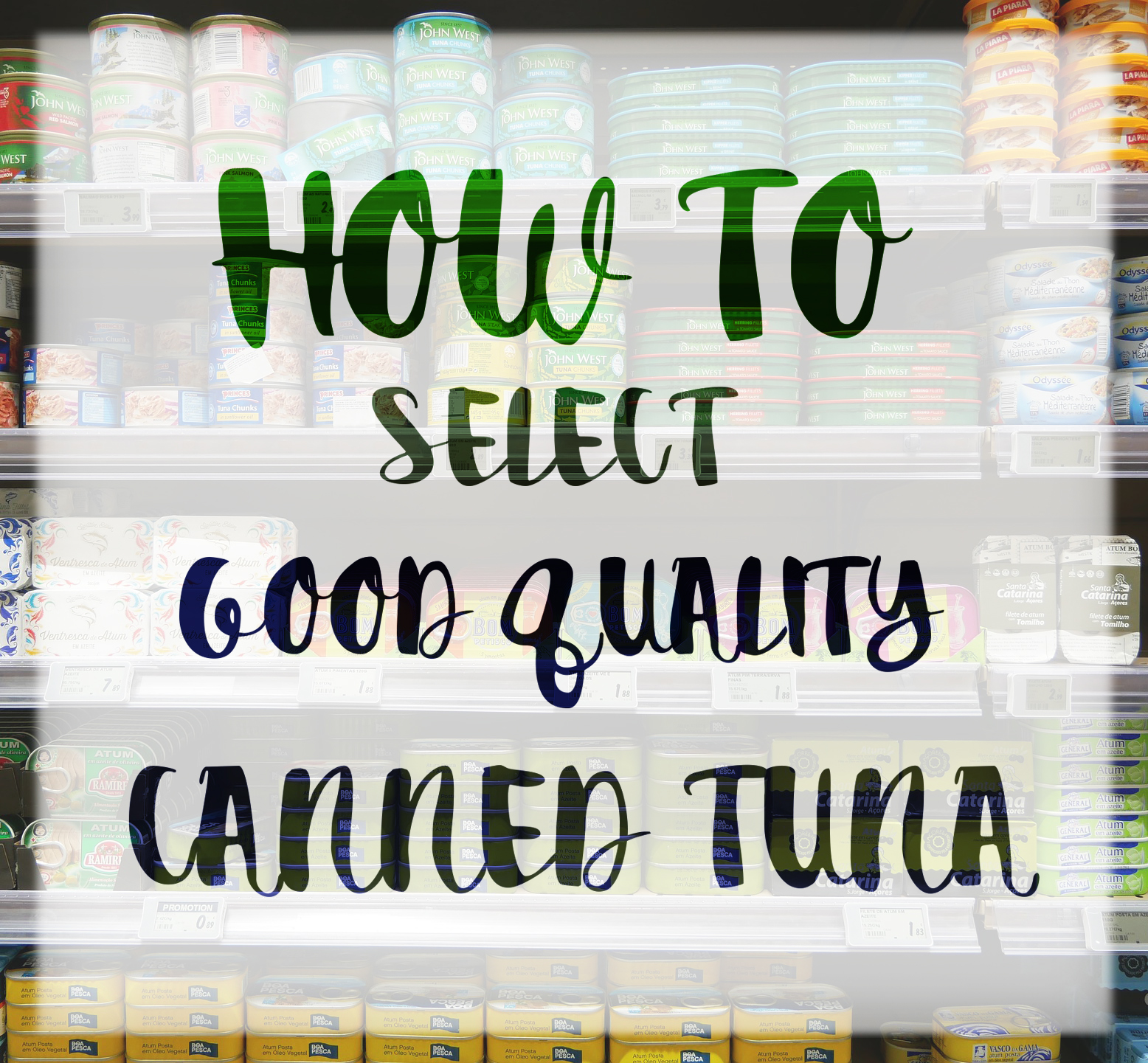How to select good quality canned tuna.

( Joenomias Menno de Jong Images. )
Canned tuna is probably the most popular fish food product worldwide.
It has become a staple food and is often found in lunchtime sandwiches.
In fact, half of canned tuna in worldwide is employed
between 2 slices of bread.Tuna canning was invented at the turn of
the 20th century to preserve the fish product without an icebox.
After the tuna is caught, head and tail are removed
and the fish are gutted. It is pre-cooked in a steam oven for 2-4 hours, then
cooled. Afterwards, the cooked fish is boned, fileted, and divided into a 6-ounce
portion that goes into a can. A liquid medium (water or vegetable oil)
is added,and the can is vacuum sealed. One final step is a heat
treatment to kill off any potential bacteria.
There are 5 types of tuna species but only albacore, skipjack,
and occasionally yellowfin are used for canned tuna. Bigeye (aka ahi)
and bluefin are usually served as sushi or steaks.

( Tim Boyle / Getty Images )
Canned tuna sold in supermarkets comes labeled as either
white or light. The majority of canned tuna is light, a combination of skipjack
and some yellowfin. Albacore tuna is the white tuna. Opt for light tuna, it has
less mercury than white tuna, as it is made from younger, smaller fish that had
less time to absorb the toxic heavy metal in their fatty tissues.
Opt for tuna canned in water, as it has much less calories than tuna in oil.
A 3-ounce serving of canned tuna has just 90-100 calories.
It boasts 22 grams of protein and virtually no carbs or fat.
Canned tuna is also a great source of vitamin B-12 and vitamin A.
Refer to: - https://www.fooducate.com/app#!page=post&id=5AD5C384-2F18-48E9-4C3A-A7588F5A4A14
No content
Powered by
MakeWebEasy.com